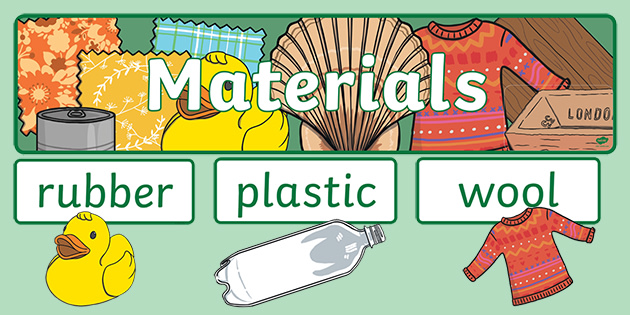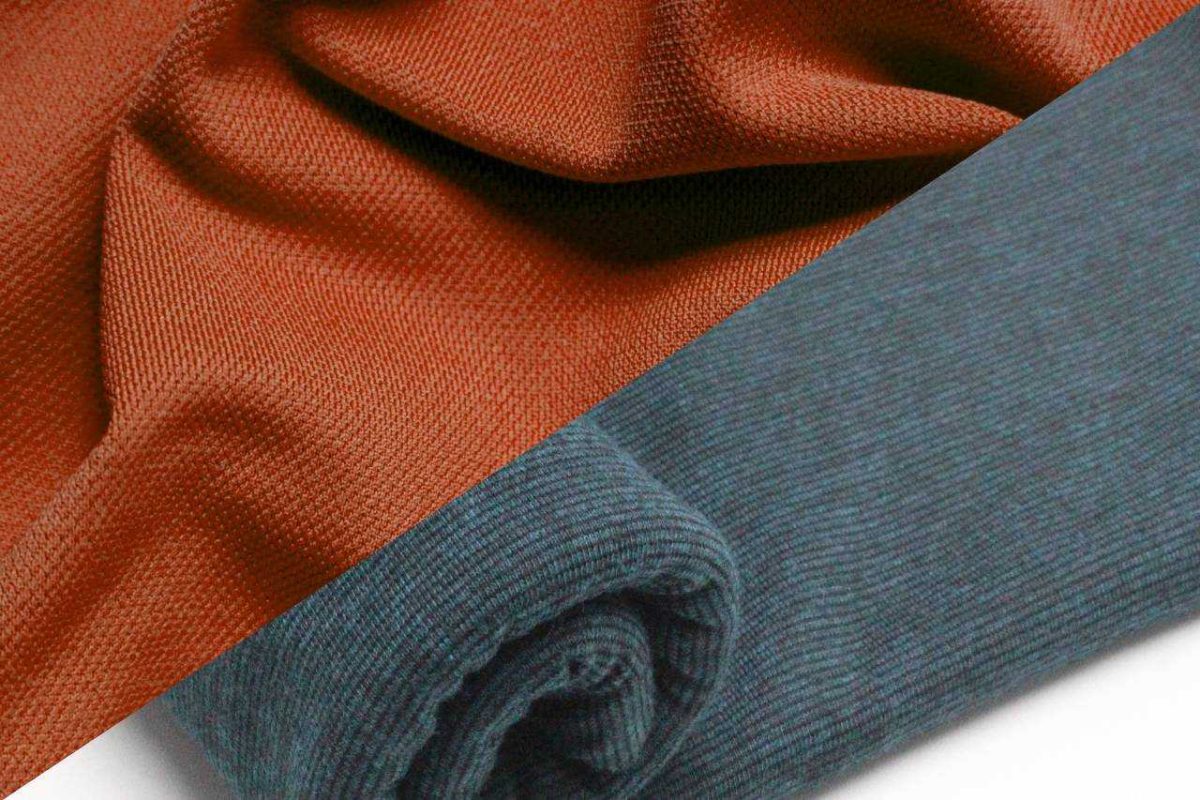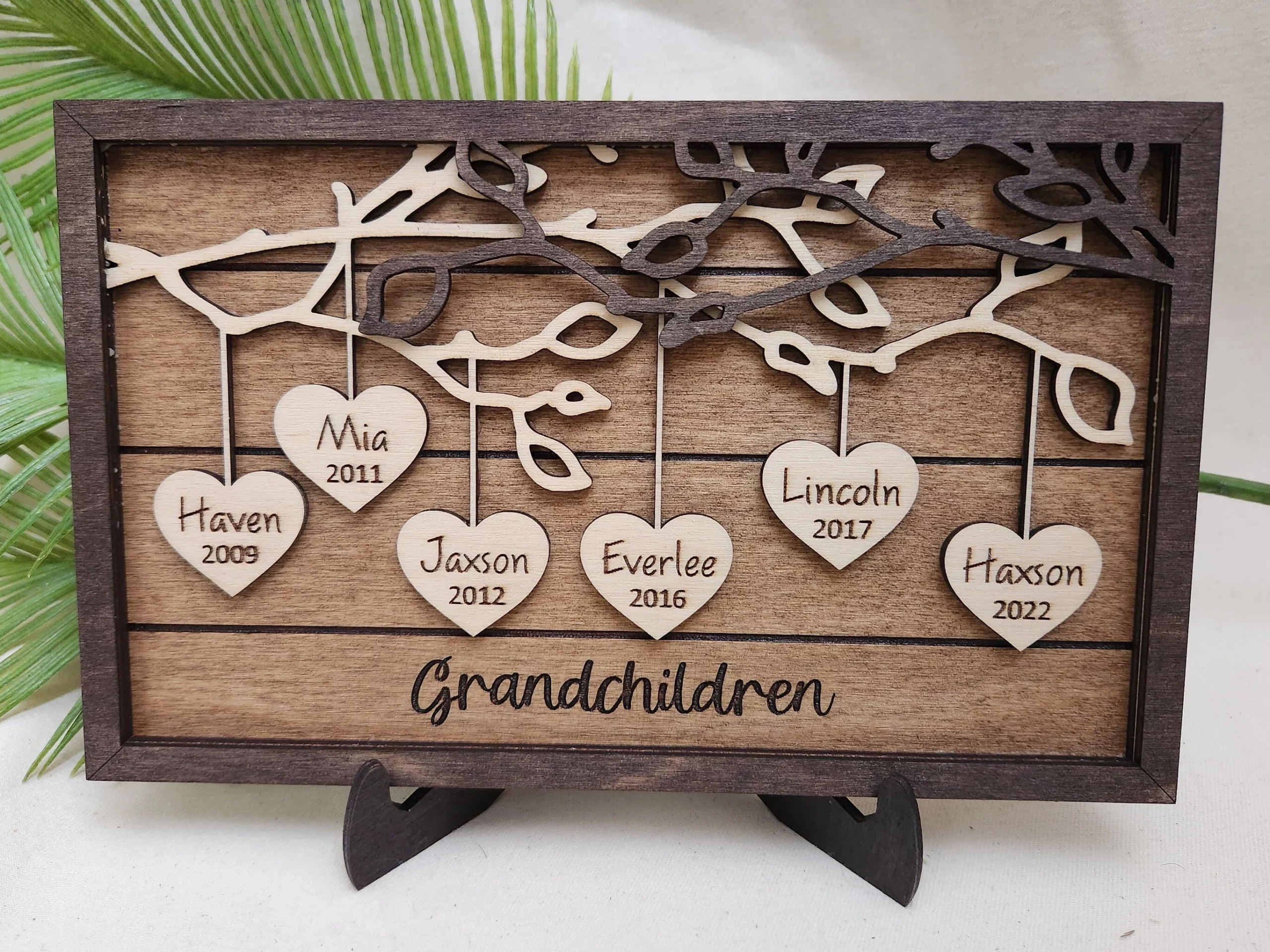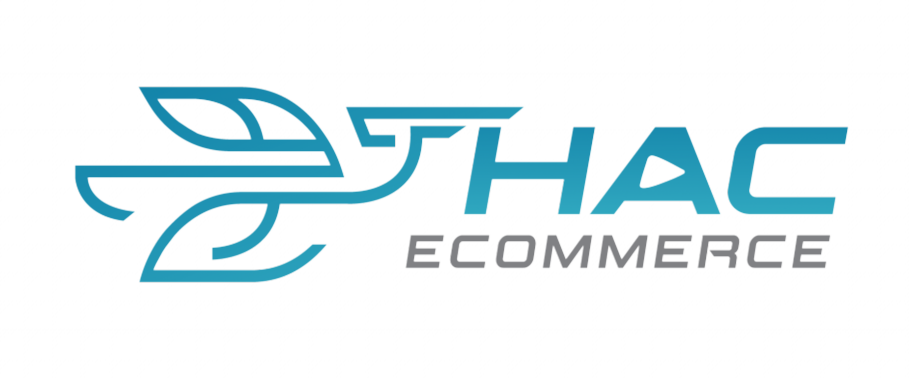Optimal Materials for Your POD Products in 2025. Print-on-demand (POD) is a popular way to produce custom products without holding inventory or making significant upfront investments. With POD, products are only printed when an order is placed, offering greater flexibility, cost efficiency, and sustainability. However, choosing the right material is essential to ensure your POD products are high-quality and meet customer expectations.
In this article, Hacecommerce has compiled several key considerations to help you select the best product materials.
Key Factors of an Optimal Material

1. Durability
The material you choose must be durable enough to withstand frequent use and washing. POD products such as T-shirts and hoodies endure more wear and tear than phone cases or stickers. Therefore, selecting a durable material that resists pilling, fading, and shrinking is crucial.
For T-shirts, a popular choice is cotton, which is soft, comfortable, and breathable. Cotton is also easy to maintain and can be washed multiple times. However, pure cotton may shrink after washing, so pre-shrunk cotton or a cotton blend is recommended.
Polyester is another option for T-shirts as it is lightweight, breathable, and moisture-wicking. It also resists shrinking and fading, making it an excellent choice for sportswear or products exposed to moisture.
2. Print Compatibility
The POD material you select must be compatible with the printing process since not all materials can hold ink or produce sharp and vibrant images. Some materials may absorb ink too quickly, causing colours to bleed or appear dull.
A smooth and flat surface is crucial for products like phone cases and laptop sleeves to ensure proper ink adhesion. Materials like hard plastic, vinyl, or polycarbonate are ideal for these products.
Choosing tightly woven materials for fabrics like T-shirts and tote bags ensures even ink distribution. Some fabrics, such as mesh or knitted textiles, may not produce precise results, whereas canvas or polyester blends work better for printing.
3. Cost
Cost is an essential factor when selecting materials for POD products. To choose the right material, you must determine the cost per material type and compare them to find the best price.
However, you should not select materials based solely on price; quality and product functionality must also be considered. Low-quality materials may result in subpar products, negatively affecting your business growth.
Thus, it is crucial to balance cost-effectiveness and quality to ensure your POD products maintain high standards while keeping production expenses manageable.

4. Eco-Friendliness
As consumers become more environmentally conscious, choosing sustainable and eco-friendly materials is increasingly important. Look for materials made from recycled components or those with a low environmental impact.
For example, some companies offer T-shirts made from organic cotton or recycled polyester, more sustainable alternatives to conventional materials. By opting for eco-friendly materials, you can attract environmentally conscious customers and demonstrate your commitment to reducing your carbon footprint.
5. Customer Preferences
Consider your target audience and the materials they prefer. For instance, moisture-wicking fabrics for T-shirts may be a good choice if your target audience is fitness enthusiasts. Similarly, premium materials like silk or leather could be more suitable if you’re targeting a luxury market. Understanding customer preferences helps you select materials that appeal to them and meet their expectations.

Commonly Used POD Materials
1. Cotton
Cotton is a soft, comfortable, breathable, and durable fabric. It is a popular T-shirt choice but can also be used for other products such as tote bags and pillowcases. Cotton is also relatively affordable and widely available, making it a practical option for many businesses.
2. Polyester
Polyester is a lightweight and durable synthetic material. It is commonly used for products that require moisture-wicking fabric, such as sportswear and face masks. Polyester is also wrinkle-resistant and quick-drying, making it a popular choice for travellers and people on the go.
3. Ceramic
Ceramic is a sturdy material commonly used for mugs, coasters, and other products requiring a hard printing surface. Ceramic is heat-resistant and ideal for hot beverages like coffee and tea. It also has a smooth, glossy surface, perfect for high-quality print designs and images.
4. Canvas
Canvas is popular due to its durability and heavy-duty nature, allowing it to retain its shape and structure. It also has a textured surface that gives it an artistic look and feel.
5. Metal
Metal POD prints are printed on aluminium sheets, giving them a sleek and modern appearance. Metal prints are long-lasting because the image is infused into the aluminium surface, making them resistant to fading, scratches, and UV exposure.
6. Wood
This unique printing method allows for stunning, natural-looking POD designs, making it a popular choice for wall art, photo prints, and other decorative items.

Conclusion
When choosing materials for your POD products, testing different options is essential to determine what works best for your specific products and designs. By considering factors such as durability, print compatibility, cost, eco-friendliness, and customer preferences, you can ensure that your POD products are high quality and meet customer expectations.
Additionally, Hac Ecommerce offers a range of comprehensive services designed to support and empower businesses operating in the POD (Print on Demand) industry. These services include fulfillment solutions, payment account rentals, and design cloning, all of which are tailored to meet the unique needs of entrepreneurs in this niche.

